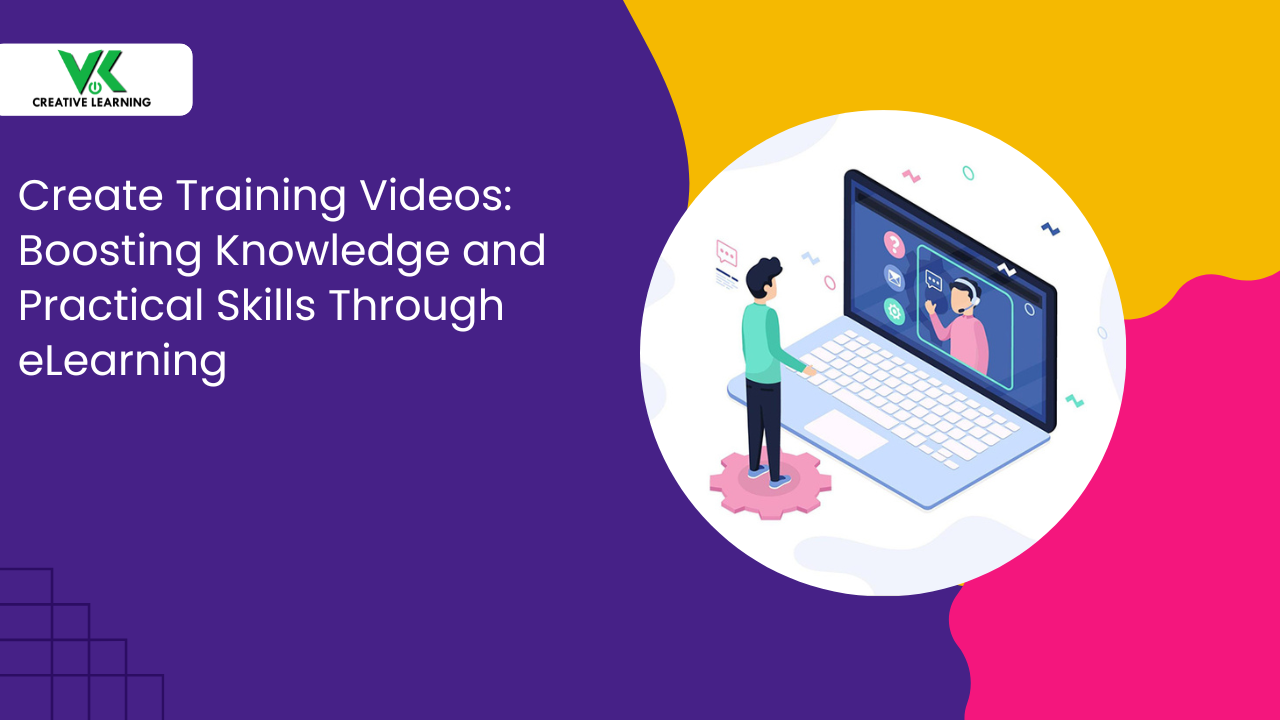Why Top Mobile App Development Frameworks for Academic and Industrial E-learning Apps?
May 19, 2025
Admittedly, mobile app development frameworks have shifted education and training completely in many ways. This has been possible due to vibrant and swiftly adapting e- learning platforms.
Consequently, educators, especially school teachers and industrial trainers, have taken a liking to e-learning. The reason being, the use of various frameworks accelerates lightning-fast creation of apps for learners.
Undoubtedly, framework choice when it comes to performance, scalability, and flexibility helps learners. This holds true to engage with topics and understand them thoroughly.
The use of top mobile app development frameworks also renders the best of the best quality for learning. All thanks to the availability of frictionless interactive experiences!
Furthermore, the implementation of robust mobile development frameworks trims down the app development time. It also plays a big role in reining in overall costs that may otherwise shoot up with conventional materials.
Thus, selecting premier mobile development frameworks for academic as well as industrial apps is the way to go. Moreover, such adoption provides a smoothly flowing and gapless learning journey. Also, such developments are done to capture the attention of the learners and kindle curiosity in them.
We shall get more into top mobile app development frameworks and their benefits in the subsequent sections in detail.
Table Of Contents:
What Are Top Mobile App Development Frameworks in 2025 – A Quick Guide
- Flutter -- A Rich, Fast-Moving UI Toolkit
- React Native -- JavaScript-Backed, Near-Native Experience
- Xamarin (MAUI) Cross-Platform Simplicity
- Ionic -- Web-Technology Hybrid Apps
- NativeScript -- Direct Native API Reach
Benefits of Cross-Platform Solutions Created through Mobile App Development
Real-Life Application Scenarios When Mobile App Development Frameworks Are Used
- Enhancing Interactive Classroom Learning -- Boosting Engagement through Multimedia Features
- Streamlining Training Programs -- Reducing Onboarding Time with Mobile Modules
- Facilitating Industrial Equipment Simulations -- Simulating Complex Machinery with AR and VR
- Personalized Learning Pathways
What Are Top Mobile App Development Frameworks in 2025 – A Quick Guide
When it comes to top mobile app development frameworks, Flutter tops with UI-rich facilities and is community-driven. Then comes in the list is React Native, which is JavaScript-based and offers flexibility and cross-platform compatibility.
Next, Xamarin allows writing code in C#, which is enterprise-ready, in addition to being robust. Ionic is known for being web-based and offers versatility, especially considering it is lightweight. Finally, NativeScript, supported by direct-API, provides framework integration and is platform-specific.
The specific details of each mobile app development framework are explained below:
Flutter -- A Rich, Fast-Moving UI Toolkit
Crafted by Google, Flutter powers applications (compiled natively) across both iOS and Android. It is renowned for cobbling together different elements to create handy, top-end apps for different platforms -- Android, iOS, and web. Also, it can be used for even desktop apps as it handles a single codebase.
React Native -- JavaScript-Backed, Near-Native Experience
With its component-oriented resourceful library, this framework is a well-liked option. It can be used to define pieces by programmers build and rehash learning apps.
These apps can have interactive 3D-based modules and a simulated quiz tool too.
Since it needs minimum time-to-market utilization of code, it is capable of delivering near-native performance. It remains stable and works on both platforms, also with faster applications.
Xamarin (MAUI) Cross-Platform Simplicity
Xamarin, with its smooth-flowing Multi-platform App UI (MAUI), makes it possible to execute code-sharing for cross-platform development. Considered as a full-fledged platform, it can be coded in C# and reused across iOS and Android. Thus, it turns out ideal with Azure cloud service integration for enterprises wanting unified codebases.
Ionic -- Web-Technology Hybrid Apps
Ionic has gained a name for itself for building hybrid mobile apps that can be made using HTML5, CSS, and JavaScript.
Since it offers assistance for Angular, React, and Vue, it can completely enrich the UI. Mobile apps for e-learning can be further made better with their capability: PWAs (Progressive Web Apps).
Additionally, apps for academic (K-12 e-learning) and training can run smoothly when made by it on iOS, Android, and beyond.
NativeScript -- Direct Native API Reach
Finally, NativeScript provides ground for JavaScript or TypeScript and thus enables the creation of completely native apps. It can be used to fine-tune, sync, and offer high web-platform-specific functionalities.
Benefits of Cross-Platform Solutions Created through Mobile App Development
Combined codebases provide shared modules, business logic, and UI assets across various mobile hardware types.
Consequently, institutes can scale back on unnecessary overhead (that is: costs for support and bug fixes). Also, included as part of mobile app development maintenance are updates. These will happen on a regular basis in the form of push updates, patch releases, and hotfix deployments.
Moreover, unified architectures -- be them single codebase, shared APIs, and consistent modules can enrich better interface experiences for users.
Hence, learners can work on instinctive but friendly interfaces with interactive paths.
Additionally, shared libraries are also present for reusable components and cross-platform plugins. The same holds true for common utilities in the case of top mobile app development frameworks.
These can massively speed up any required features rollout as needed. The features entail classroom learning elements, offline modules, and tools to track progress.
Importantly, uniform UI components along the lines of icon sets, color schemes, and layout templates are included for the mobile app development process.
These aspects of mobile e-learning app development can amplify the standards of brands. That is: recognition of brands on a consistent basis, how much users trust, and uniformity in design.
Real-Life Application Scenarios When Mobile App Development Frameworks Are Used
1. Enhancing Interactive Classroom Learning -- Boosting Engagement through Multimedia Features
Multimedia-rich apps (3D explanatory videos) can be developed within mobile apps to capture students' attention instantly.
Consequently, video lectures can be included to make understanding easy -- possible even on slow networks.
Moreover, interactive whiteboards in apps sync the created annotations, helpful for learners.
In the same lines, group quizzes are added in mobile apps that run with minimal lag. Importantly, the use of mobile app development frameworks makes understanding lessons highly absorptive and unforgettable.
2. Streamlining Training Programs -- Reducing Onboarding Time with Mobile Modules
On-demand modules can assist lecture videos with 2D and 3D animations -- so no more lengthy sessions.
Furthermore, micro-learning units break complex information into small ones, fitting conveniently into the schedules of busy employees.
Consequently, employees can complete compliance training on mobile devices.
Similarly, push reminders can be incorporated into the mobile apps to help students complete courses on time.
What this does is, no wasting of time for learners and aids to boost their productivity.
3. Facilitating Industrial Equipment Simulations -- Simulating Complex Machinery with AR and VR
AR-powered e-learning apps present multiple scenarios that imitate real-world operations. Therefore, trainees get to learn safely without unnecessarily risking their lives.
Moreover, real-time feedback corrects improper procedures instantly.
Importantly, safety and competence standards can be incorporated in mobile apps so that the workforce is acquainted with the required standards.
All in all, the incorporation of mobile development frameworks allows to simulate the actual workplace situations.
4. Personalized Learning Pathways
Mobile apps can be developed with frameworks so that content can be driven by essential data insights.
Notably, even analytics plugins can be included in mobile apps so that individuals' progress can be tracked granularly.
Post this, the framework can be used so that apps can recommend needed adjustments in the lessons.
Conclusion
Educational institutes and industries can approach e-learning developers to create virtual learning platforms. One of the chief reasons behind this being, top mobile app development frameworks are used. In other words, e-learning-based mobile apps can be built with multiple features.
For using top mobile app development frameworks for e-learning mobile apps creation, you can approach VK Creative Learning (VKCL). VKCL is one of the pioneers in mobile app development as needed by the educators and industries for training.




